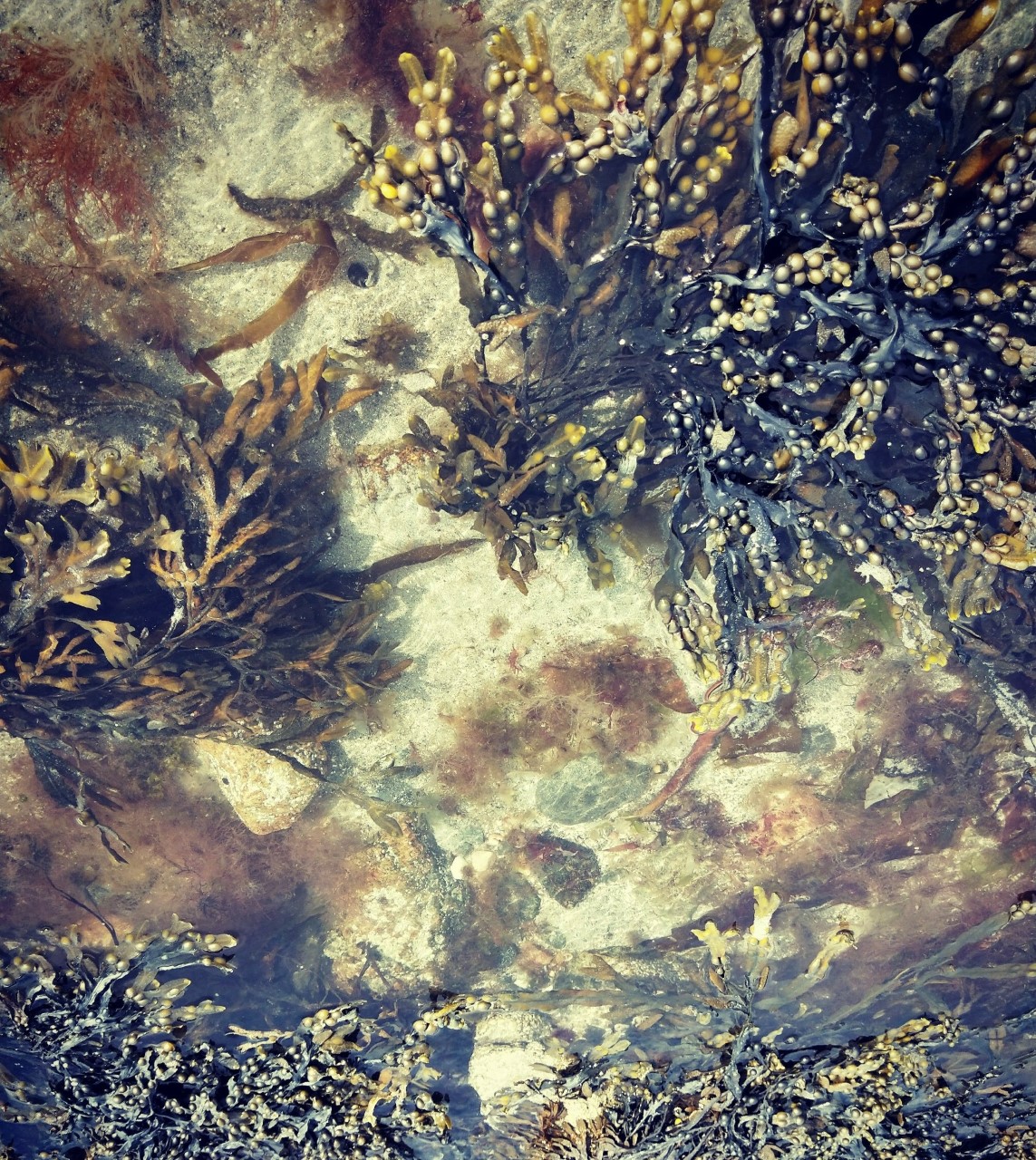“The use of resources has tripled since 1970 and could double again by 2050 if we continue business as usual. We must urgently work to create a circular economy where waste and pollution are designed out, products and materials are kept in use, and natural systems are regenerated – leading to a more resilient economy” – PACE
Canada will host this year’s Circular Economy Forum, so it seemed only right to begin today’s blog post on the Circular Economy Action Agenda by highlighting the keynote speech by Jonathan Wilkinson, Canada’s Minister for Environment and Climate Change. As Minister Wilkinson states, “Plastics is one of the biggest issues of the current linear economy model”. 78 Million Tonnes of plastic is generated each year. Of that 78 Million tonnes, only 2% is recycled and re-used in a circular and sustainable way. The rest is discarded. Left for centuries to breakdown into harmful micro-particles and bio accumulate its way right back to us (an ironically circular process)….

Nothing speaks quite so loudly of the ‘Take-Make-Waste’ mantra of the linear economy as a piece of plastic pollution. Nowhere is the juxtaposition of natural and unnatural, sustainable and unsustainable, circular and linear more apparent. Yet by embracing plasticity, we may find the solution to pollution.
The plasticity of biological systems, the capacity to adapt in the face of change, is fundamental to resilience and survival. Neuroplasticity for example describes the brain’s ability to adapt through the reorganization of its neural pathways. It is the mechanism through which the mind may survive trauma and emerge stronger and more resilient. In physics, plasticity refers to the ability of mass to undergo permanent deformation: a non-reversible change of shape in response to applied forces. In the economic and social recovery from the blunt force trauma of the Covid-19 pandemic, is the opportunity to permanently change the shape of our global economic model. To re-organise unsustainable, linear and fragile material flows into sustainable, circular and resilient ones.

To lead the way in tackling plastic pollution, we may look to the the innovators and plastic, forward thinkers. Since 2018 Canada has spearheaded the development of the Oceans Plastics Charter: A global framework that addresses plastic pollution by re-organising material flows through manufacturing and recycling processes. Minister Wilkinson highlighted Canada’s ban on single-use plastic packaging and its implementation of business model performance requirements for recycled plastic. Through such mechanisms, Canada is aiming for zero plastic waste by 2050. The Oceans Plastics Charter is now endorsed by 26 governments and over 70 businesses and organisations around the globe. Canada is also contributing 100 million dollars to advance the goals of the World Economic Forum’s Global Plastic Action Partnership.

Beyond the issue of single use plastic is the unsustainable and fragile linear economic model as a whole and its role in the Climate Change, Biodiversity Loss and Food Security crises. To meet this ‘Triple Challenge’ in time, we must upscale and expand the existing loops in the global economic mind-map.
A resilient mind requires positive thinking: In the words of pioneering neuroscientist Donald Hebb “Neurons that fire together, wire together”. In the modern era of globalisation, of international trade and policy, never before was the world more poised to fire together in a concerted effort; to enact change at the scale and urgency required.
We must become more resilient now if we are to survive the incoming trauma of the Triple Challenge.
